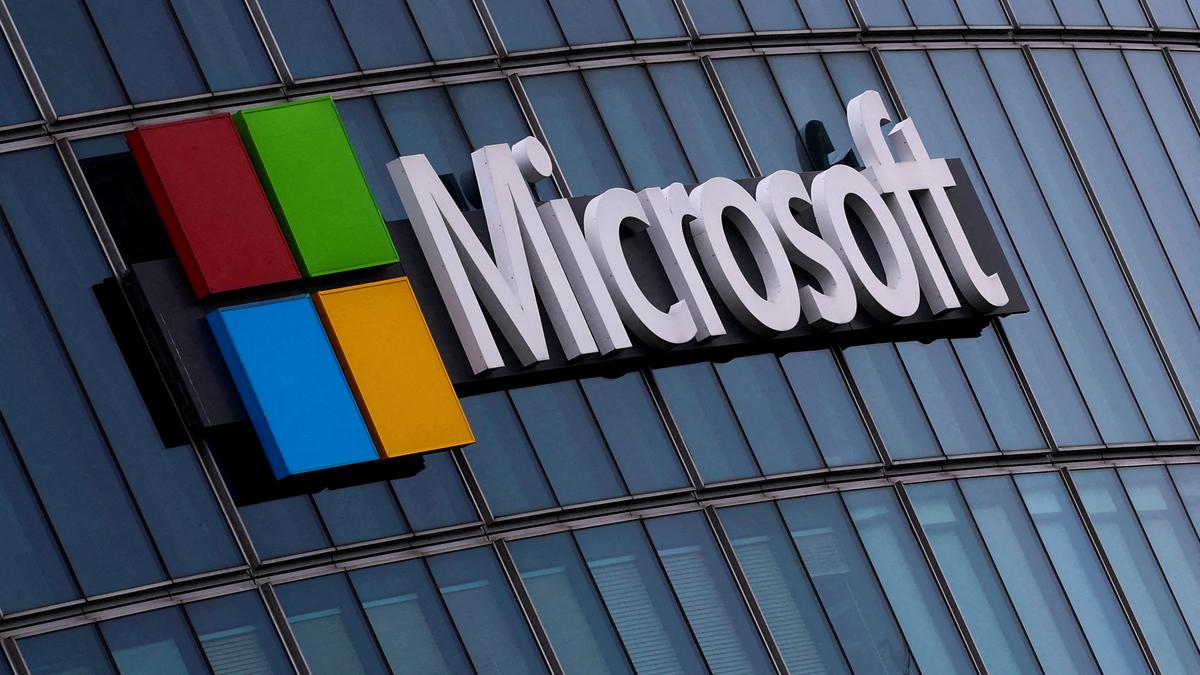Windows 11 users are witnessing a fundamental shift in how they interact with their operating system. Microsoft’s latest innovation, the Mu language model, eliminates the traditional barrier between human intent and system configuration by introducing conversational AI directly into the Windows Settings experience.
Understanding Mu: A Purpose-Built AI Assistant
Unlike general-purpose AI models that require cloud connectivity, Mu represents a specialized approach to system management. This compact language model operates exclusively within your device’s Neural Processing Unit (NPU), delivering instantaneous responses while maintaining complete data privacy.
The model’s architecture enables users to communicate with their PC using everyday language—transforming complex system navigation into simple conversations. Instead of hunting through nested menus, users can simply state their needs: “Increase display brightness” or “Set up my wireless connection.”
Core Capabilities That Set Mu Apart
Localized Intelligence: Every computation happens within your device’s NPU, ensuring zero data transmission to external servers. This approach guarantees both privacy and consistent performance regardless of internet connectivity.
Contextual Communication: Mu interprets natural language with remarkable accuracy, understanding user intent behind colloquial requests and translating them into precise system actions.
Automated Execution: With proper user authorization, Mu doesn’t just understand requests—it implements them. This transforms passive help into active system management.
Performance Excellence: Processing speeds exceed 100 tokens per second, creating seamless interactions that feel instantaneous and natural.
Universal Hardware Support: Engineered for compatibility across AMD, Intel, and Qualcomm NPUs, ensuring consistent functionality across diverse Copilot+ PC configurations.
The Engineering Marvel Behind Mu
Microsoft’s development team chose an innovative encoder-decoder architecture over traditional decoder-only models. This strategic decision significantly reduces computational overhead and memory requirements, making NPU processing both feasible and efficient.
According to Vivek Pradeep, Microsoft’s distinguished engineer, this architectural choice enables one-time input encoding, dramatically reducing computational complexity while maximizing throughput on specialized hardware.
The training process utilized NVIDIA A100 GPUs within Azure Machine Learning environments, with careful optimization of parameter distribution and implementation of weight-sharing techniques to minimize the model’s footprint.
Strategic Hardware Partnerships
Microsoft collaborated extensively with leading processor manufacturers to optimize Mu for NPU-specific requirements. These partnerships addressed critical constraints including memory limitations, parallelization needs, and power efficiency demands.
The development team implemented intelligent fallback mechanisms—when NPU-incompatible operations are requested, Mu automatically routes processing to maintain optimal performance levels without user disruption.
Advanced transformer modifications and enhanced quantization techniques further improve power efficiency, making Mu viable for battery-powered devices without functionality compromises.
Current Availability and Access
Mu is currently accessible to Windows Insiders participating in the Dev Channel through Windows 11 Insider Preview Builds. The AI-powered Settings agent requires Copilot+ PC hardware, with initial enterprise support limited to Snapdragon-powered devices.
Building on Phi Silica’s Foundation
Mu’s development builds upon Microsoft’s earlier Phi Silica model, which debuted in 2024 on Windows 11 Copilot+ PCs featuring Snapdragon X Series processors. This iterative approach demonstrates Microsoft’s commitment to continuous advancement in on-device AI capabilities.
The evolution from Phi Silica to Mu showcases significant improvements in efficiency, natural language processing, and hardware optimization—marking substantial progress in consumer-accessible AI technology.
Privacy-First AI Implementation
By processing all interactions locally, Mu addresses growing concerns about AI privacy. User data never leaves the device for basic system management tasks, aligning with Microsoft’s privacy-first approach to AI integration while maintaining robust performance capabilities.
Shaping Tomorrow’s Computing Experience
Mu represents the beginning of a new era in operating system design. As natural language interfaces become standard, the technology pioneered in Windows 11 Settings may expand throughout the entire system interface, fundamentally transforming how users interact with their computers.
This foundation positions Microsoft at the forefront of intelligent operating system development, where AI serves as an invisible translator between human intention and system execution, making technology more accessible and intuitive for users of all skill levels.
The Broader Impact
The success of Mu within Windows 11 Settings signals a future where conversational AI becomes the primary interface for system management, reducing technical barriers and democratizing advanced computing functionality for users regardless of their technical expertise.
Final thoughts
Microsoft Mu transcends traditional user interface improvements—it fundamentally reimagines how humans and computers communicate. By embedding conversational AI directly into Windows 11’s core functionality, Mu establishes new standards for privacy-conscious, on-device intelligence.
With its combination of lightning-fast responses, hardware efficiency, and natural language understanding, Mu makes system management accessible to everyone. This isn’t merely about improving existing interfaces; it’s about creating a future where computers understand and respond to human intent naturally.
As AI technology continues advancing, Mu signals the emergence of truly intelligent, human-centered operating systems where complexity gives way to conversation, and technical barriers dissolve into intuitive interaction. The age of smart, responsive operating systems has officially begun.

